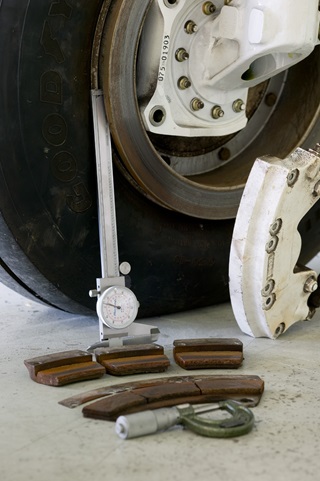
Maintenance is a key cost associated with flying club operations that can be controlled through effective management. A maintenance officer is normally assigned to manage the club aircraft to track inspections, maintenance issues, and scheduling. In the club environment especially with older aircraft, maintenance squawks can add up quickly, potentially keeping an aircraft grounded.
Inspections
FAR 91.409 requires aircraft inspections according to the type of aircraft and operation. An annual inspection is required every 12 calendar months. A 100-hr. inspection is required in addition to an annual inspection if the aircraft is being operated for compensation or hire. In the club environment this requirement is normally not triggered.
The third option is a progressive inspection; this type of inspection is normally reserved for larger part 25 aircraft that have a manufacture’s approved maintenance schedule. I have seen cases of part 23 aircraft being approved for this type of inspection, but the process can be costly unless the manufacturer originally certified the type with a progressive maintenance schedule or someone with a similar type aircraft has a FAA approved schedule.
Inspections are a required part of operating an aircraft and the options below can assist with lowering costs and downtime by staying ahead of maintenance issues prior to the required inspections.
Lowering Costs
There are a few things clubs can do to lower costs and prevent downtime: Preventive maintenance, owner assisted maintenance, and buying consumables in bulk. Preventive maintenance under FAR part 43 details items that aircraft operators can repair and replace on their own without an A&P license. This is a great option for club members to learn more about their aircraft and help with maintenance costs.
Most common preventive maintenance tasks:
When a maintenance shop performs an inspection they are required to have a service manual for the aircraft. This should be required equipment in every club when performing preventive or owner assisted maintenance. It not only can guide you through a task, you also can inspect required items while performing the preventive maintenance. A great example of this is preforming an oil change. At least part of the cowling will be off the aircraft and it is the perfect time to take a look around. I have found cracked baffles on my Pitts that could have turned into a major issue just by looking around during an oil change.
Club Member assisted Maintenance
A club member can do any maintenance and repairs to his airplane if he is under the direct supervision of
an A&P mechanic. Having a good relationship with your mechanic or having a mechanic in the club who is willing to work with you is great asset. This also can be a great learning experience for the club members. In many annuals the bulk of the labor is turning screws to remove inspection panels and fairings. It is not necessary to pay a mechanics rate to perform this work if you have willing club members who can turn a screwdriver.
Buy items in bulk
If your aircraft flies as much as it should, buying consumables in bulk such as oil, brake pads, light bulbs, tires, etc. could provide significant cost savings. Changing the oil every 50 hours requires how many quarts required times six per year, even saving a dollar a quart can add up.
Inspections of club aircraft always will be a cost associated with operating aircraft. Catching items early and not deferring them leads to not only a safer aircraft, but lower maintenance bills. Many clubs have experienced A&P’s that can guide club members through helping with maintenance responsibilities, otherwise it’s important to establish a good relationship with a mechanic on your field to keep your aircraft on the flight line.